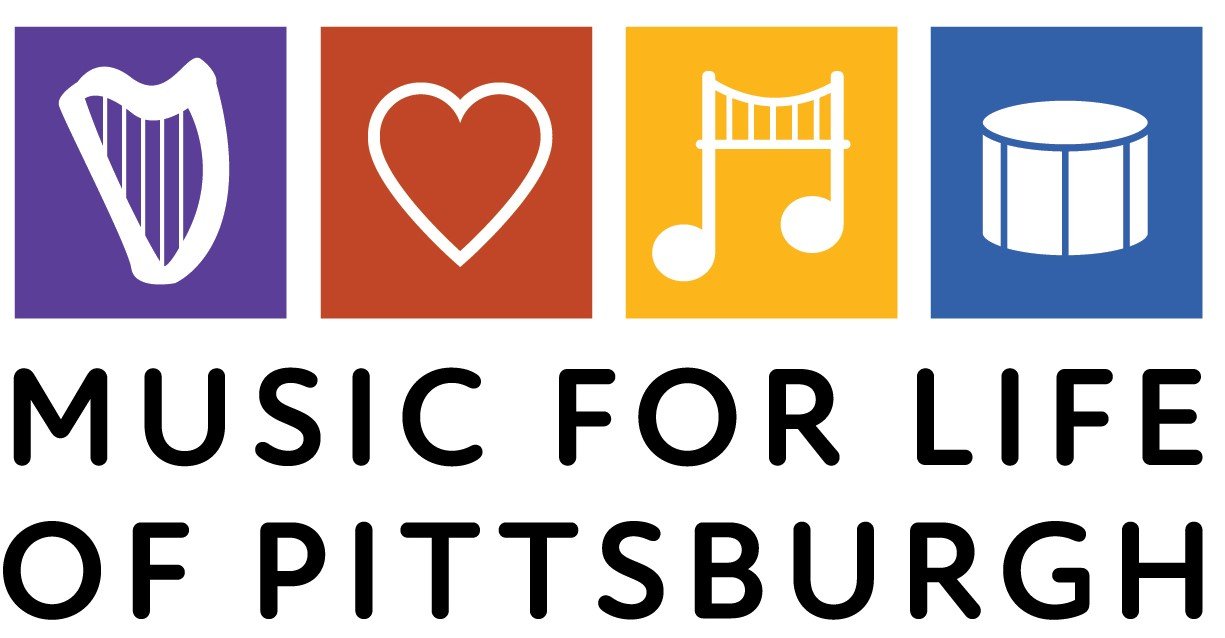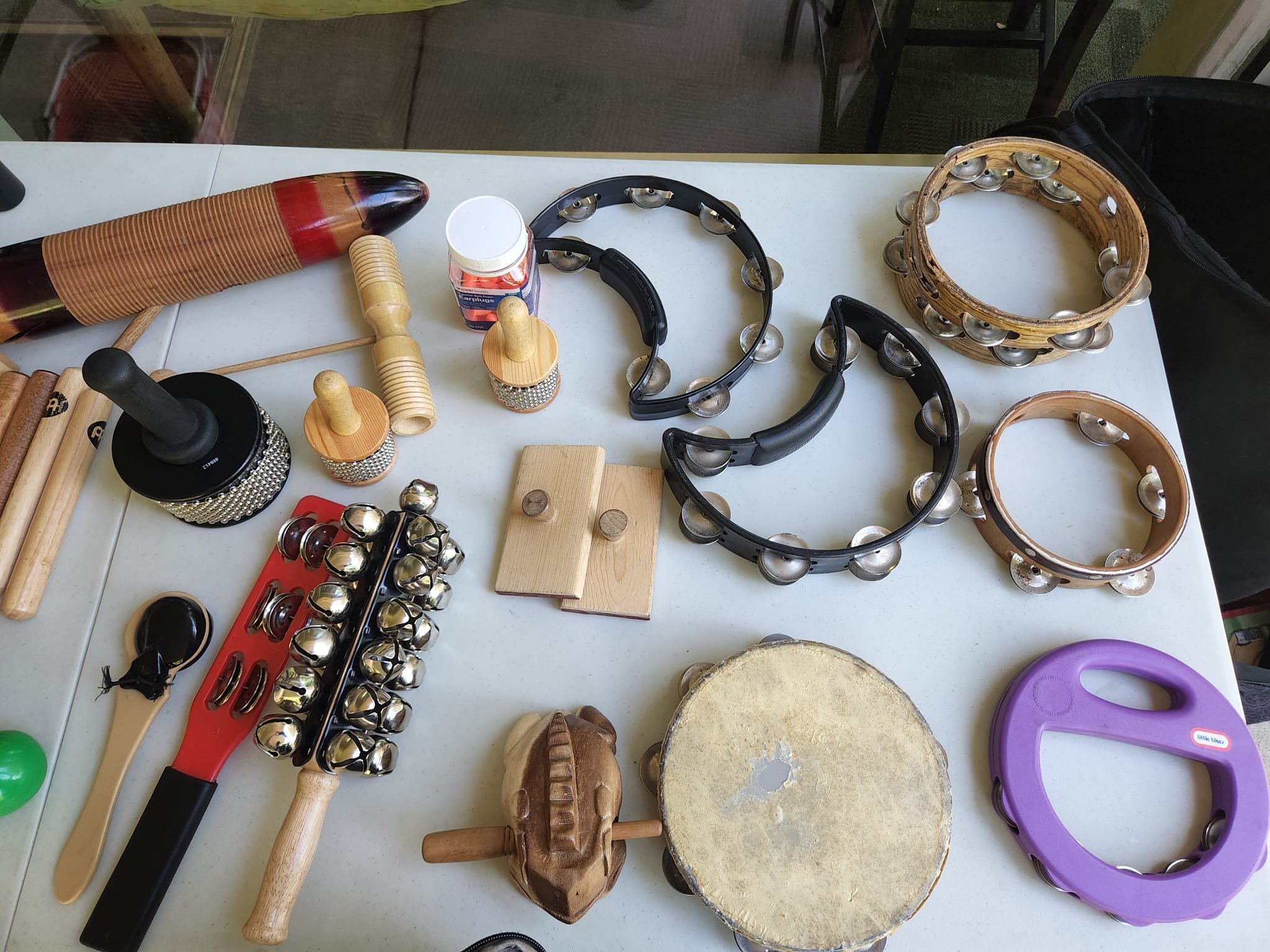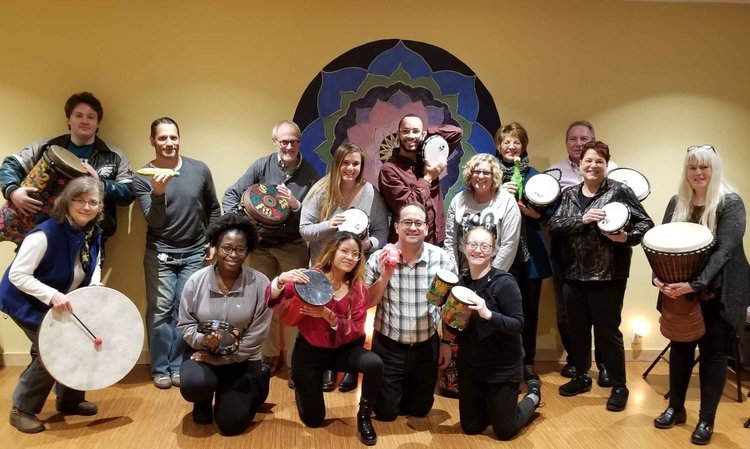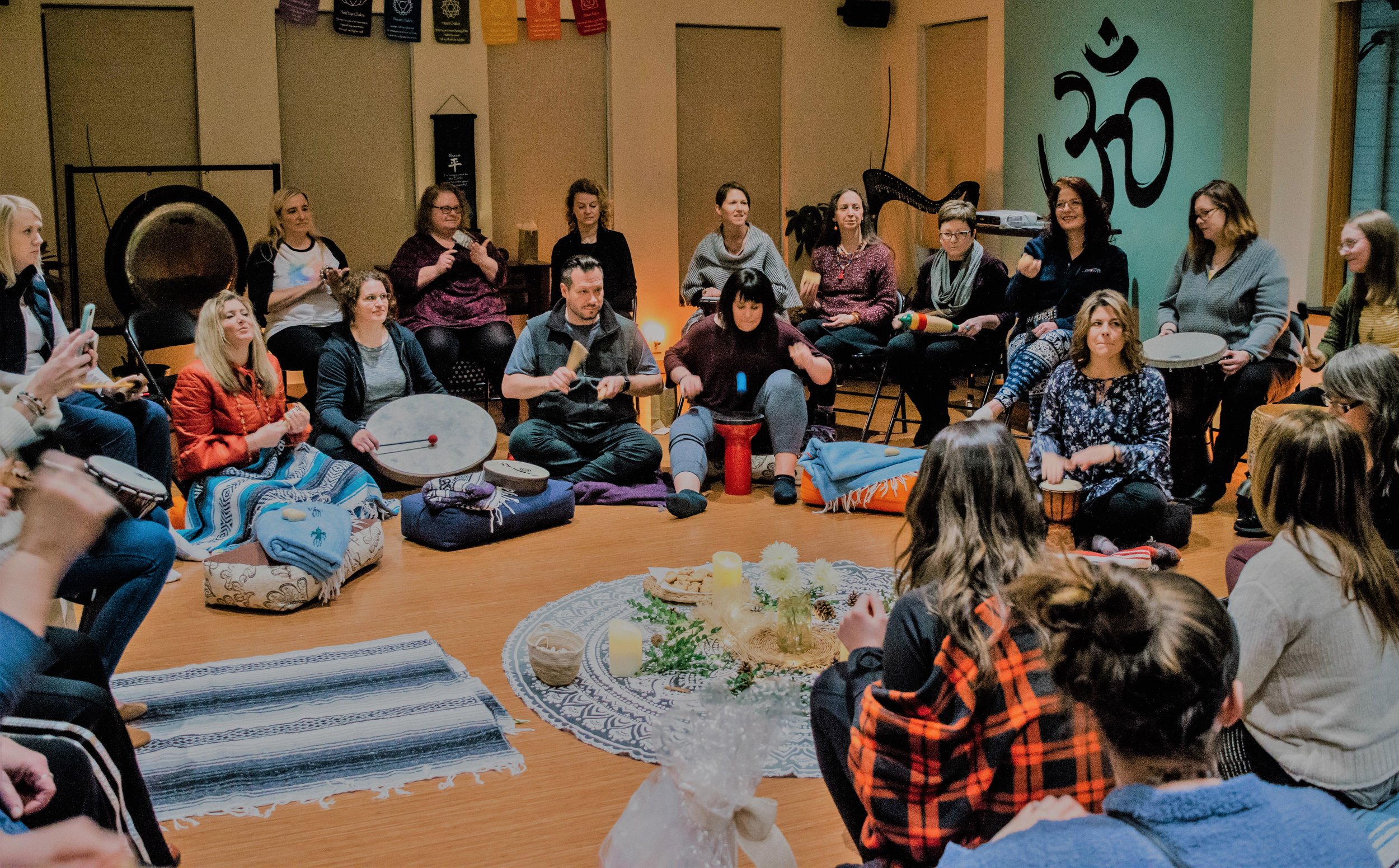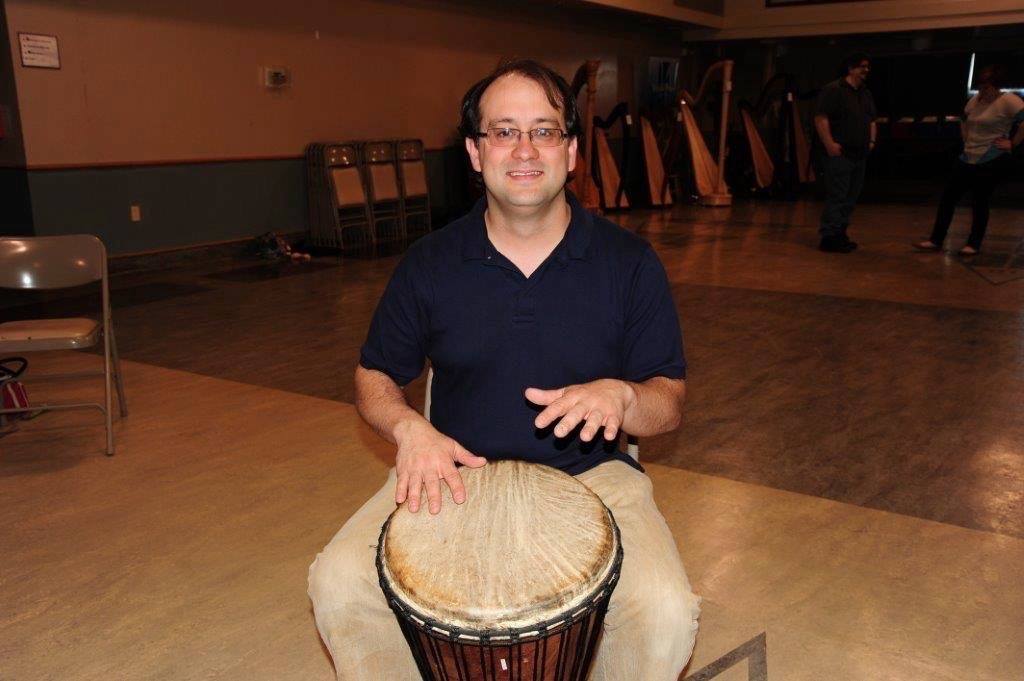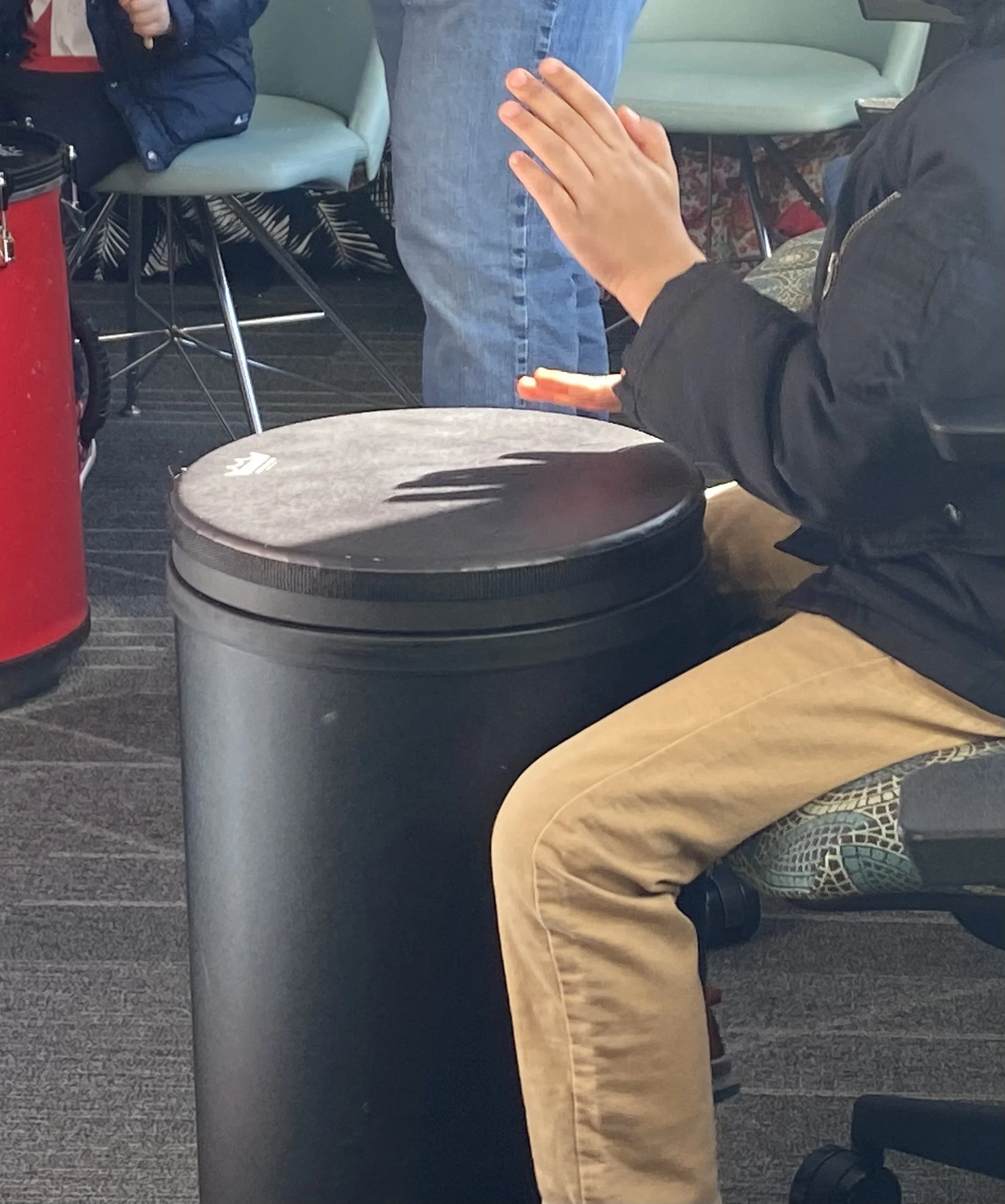Drum Circles
Community Drum Circle at Green Heiress Holistic Health
Drum Circles with Music for Life of Pittsburgh
We offer facilitated community drum circles at Green Heiress Holistic Health, Rooted in Sound and 10.27 Healing Partnership as well as throughout the Pittsburgh community!
The Power of Rhythm
Humans are naturally rhythmic beings. From the steady beat of our heart to the cycles of the seasons, rhythm is woven into every part of life. Across cultures and throughout history, the drum has been used in healing, ritual, celebration, communication, and transformation. Today, drum circles continue this tradition while finding new life in hospitals, schools, corporations, memorial services, community centers, and anywhere people gather.
Why Drum in a Circle?
Group drumming brings people together in a safe, welcoming space to share rhythm and connection. Benefits include:
Self-expression and stress reduction
Community building and family bonding
Improved mood and reduced burnout
Enhanced immune response
Exercise for body, mind, and spirit
Joy, creativity, and FUN!
Types of Drum Circles
Cultural & Educational – Learning traditional rhythms from around the world
Meditative & Intentional – Circles for relaxation, trance, or personal growth
Community & Freeform – Simply gathering to make music and connect
Facilitated Circles – Guided by a trained leader to ensure a rewarding experience (commonly used in therapeutic and professional settings)
Drumming for Health & Healing- Drumming can support the following and more:
Emotional release and stress relief
Verbal and non-verbal communication
Relaxation and rehabilitation
Self-esteem and social connection
Group focus, energy, and creativity
Specialized approaches, like Conscious Drumming (developed by James Borling and Robert Miller), provide a structured, supportive way to address deeper issues and to witness and honor each participant’s truth in a safe community setting.
With consideration given to both the process of ritual and the need for rhythmic structure and containment, the Conscious Drumming model is a model that may lend support to a variety of situations from memorials to celebrations.
Our Experience
Locally, Robert and Stephanie Miller have facilitated drum circles with:
UPMC Health Plan
Oncology Nursing Society
Allegheny County DHS Office of MR/DD
Jewish Association on Aging
Duquesne and Slippery Rock Universities
Community Life of Tarentum
Manor Care
10/27 Healing Partnership
Friendship Circle
The Awakening Center
Several local libraries
…and many more.
Robert and Stephanie are also available to present workshops on the benefits and applications of group drumming for organizations and events.
📧 To learn more or schedule a drum circle tailored to your group, please email:
Bob at bob@musicforlifepgh.com
Stephanie at stephanie@musicforlifepgh.com
Special thanks to photographer Nicky Dunlap for capturing many of the images below at Awaken! 2019, created by Kim Chestney of Mystic Studios. To contact Nicky, visit bellamusa.wordpress.com/contact.
